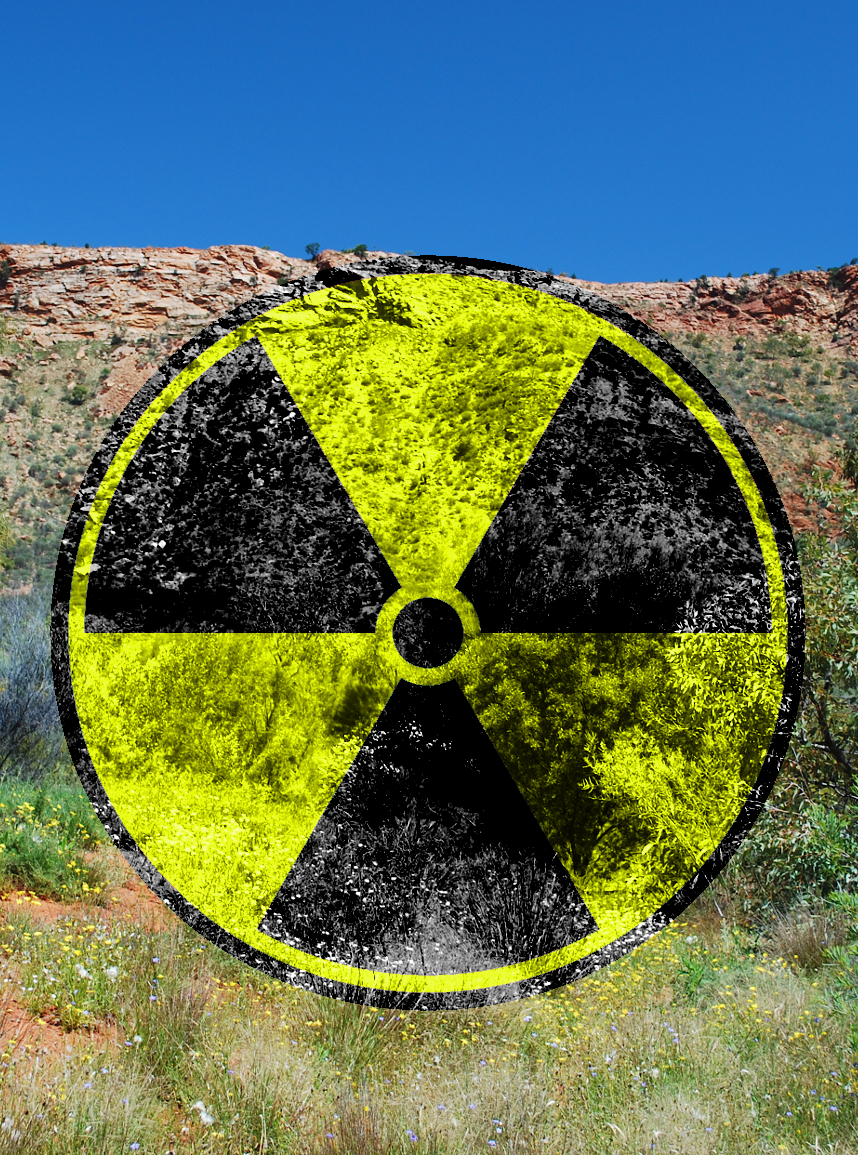Caesium spotted in WA
 The world is coming down from a heightened state caused by a missing radioactive ‘pill’.
The world is coming down from a heightened state caused by a missing radioactive ‘pill’.
A minuscule and potentially hazardous capsule containing caesium-137 made international headlines when it was lost along a 1,400-kilometre journey between a mine site and the city of Perth last week.
The killer capsule has since been found.
The incident unfolded after a radiation gauge at Rio Tinto’s most “technologically advanced mine” broke, and a third-party contractor packaged and prepared it to be transported for repair.
The package left the mine site and travelled to a depot in Perth, arriving on January 16, but it was not until more than a week later on January 25 that someone realised the radiation gauge had arrived without its radiation.
Authorities explained a bizarre series of events in which the caesium-137 capsule fell out of the gauge it was a part of, out of the packaging it was in, and rolled itself out of the truck through a gap left by a loose bolt.
The Department of Fire and Emergency Services (DFES) assembled a multi-agency response team to begin an immediate search.
One person central to the search was Prashant Maharaj - radiological emergency expert from the Australian Nuclear Science and Technology Association (ANSTO).
He helped run specialised equipment and says he was “confident” that if the pill was near the highway, the ANSTO team would find it.
He says that all four of the detectors his team were using started buzzing simultaneously on a section of the Great Northern Highway 74 kilometres south of Newman.
“We had all four detectors going off … all of them went off instantaneously,” he has told reporters.
“We went about 200 metres forward, turned around and came back slowly. Radiation, in terms of dose rates, goes down as you move away but as you come closer it rises up again and you can see this on your detection system.
“Within about five to ten minutes we located the source,” Mr Maharaj said.
But knowing that the radioactive object was so close, they had to take safety measures.
“You don't want to stay there, just minimise your exposure as much as you can,” Mr Maharaj said.
“It can be a daunting task for people to see high dose rates [on the machine] but under controlled conditions having the right equipment on, you can get quite close … but I wouldn't recommend standing there longer than 10 minutes.
“We were noting down all the doses [of radiation] people were getting when they were coming out.
“We used a lead retrieval pot that was available from defence and we used a CV reach to pick it up and put it in the pot.
“We then moved the pot out of there into the vehicle and then initiated a contamination check of the area to make sure nothing had come out of the capsule itself.”
About 60 people joined a multi-agency team to find the radioactive source, including Mr Maharaj's team from ANSTO, the Department of Fire and Emergency Services (DFES), and the Australian Radiation Protection and Nuclear Safety Agency (ARPANSA).
ARPANSA acting assistant director of emergency preparedness Chennell Allan said she and her team rushed across the country to assist.
“We were testing and packing all of our equipment … booking our flights, and sorting out children and everything else at home that we're leaving behind,” she said.
“In the radiation space, you never know what you're going to get. Because in Australia, we don't have that much that could go wrong.”







 Print
Print